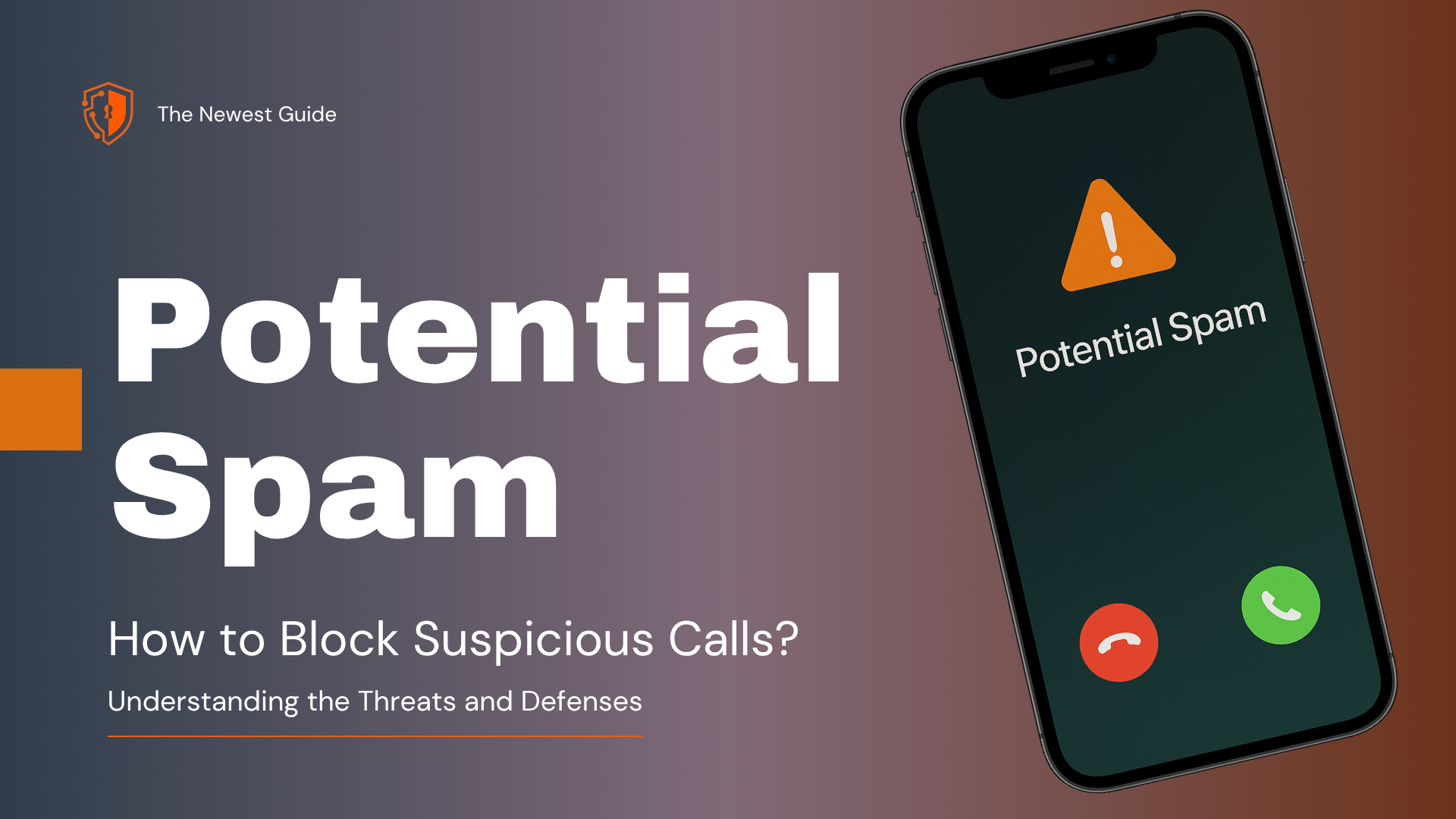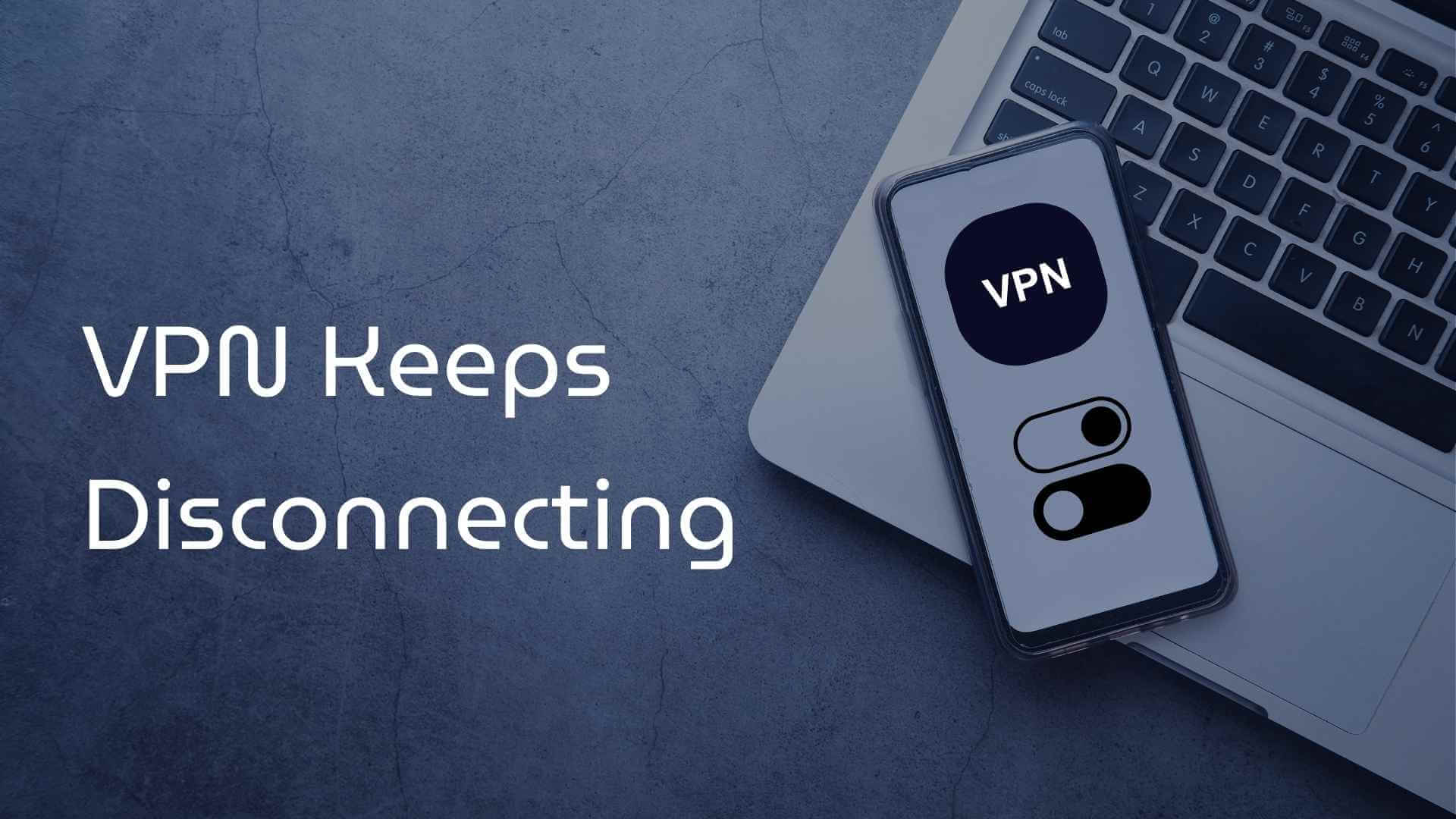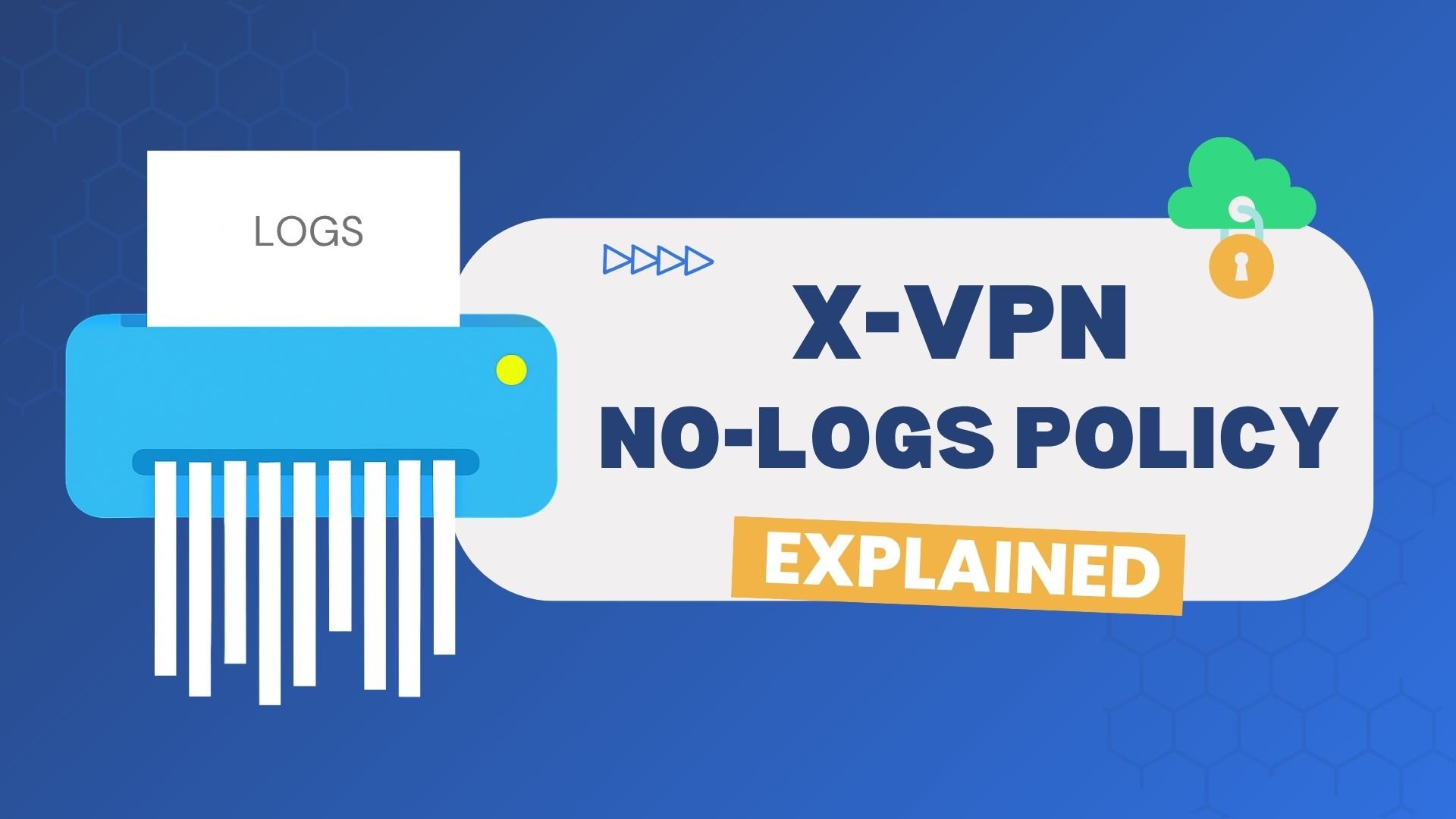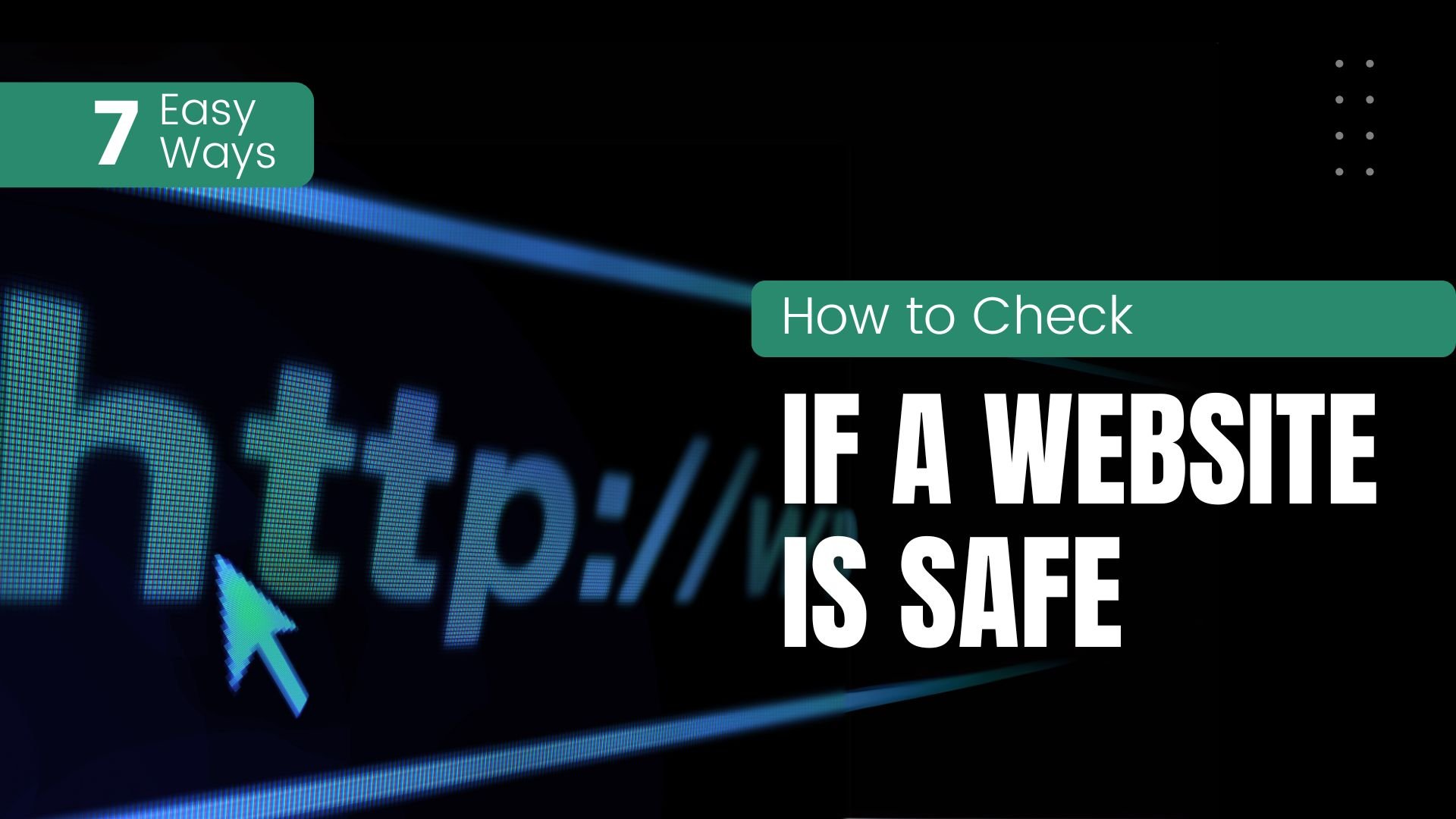
Visiting unsafe websites can expose you to serious risks—from malware infections to financial loss. But sometimes, we have to open unknown websites that may be risky. So, how to check if a website is safe? In this blog, we’ll show you 7 easy ways to check website safety without visiting it!

Table of Contents
What Are the Risks of Visiting Unsafe Websites?
What happens if I visit an unsafe website? Here are the potential risks you should know:
1. Malware Infection: For example, visiting pirated content websites may trigger a “drive-by download.” It installs malware silently without your consent. This can lead to data theft, unauthorized access, or a bricked system.
2. Phishing Scams: Some fake websites mimic legitimate platforms (like banks or Amazon) to steal your sensitive information, such as login credentials or credit card numbers.
3. Data Leaks: Unsecured sites might expose everything you type – passwords, emails, payment info – letting hackers intercept and exploit it for identity theft or financial fraud.

4. Tracking & Privacy Invasion: Many sites drop third-party cookies that log your browsing habits, location, and more. That’s why you suddenly get targeted ads for things you never searched for.
5. Browser Hijacking: Some sites may bombard you with pop-ups you can’t close. Worse, your device may be redirected to more malicious sites, creating a vicious cycle.
6. Cryptojacking: Some websites embed scripts on your device’s resources to secretly mine cryptocurrency (like Monero).
As you can see, the consequences of visiting an unsafe website often exceed our expectations. So, how to know if a website is safe? Keep reading!
How to Check If a Website Is Safe: 7 Easy Ways
Is this link safe? If you’re not sure if the website you’re visiting is safe, don’t rush to click on its link! Use these 7 quick ways to check the site’s safety before proceeding!
Way 1: Use a Link Checker (Recommended)
Plenty of online tools can scan websites for safety—but manually checking every URL you visit isn’t practical. In this case, X-VPN’s Search Engine Link Checker is a more convenient option. It scans search results in real time and flags dangerous links so you can browse safely. Here’s how to set it up:
1. Download and install the X-VPN app. X-VPN is not only a top VPN service provider but also offers a complete suite of security features.
2. Open X-VPN > Select “Security” on the left toolbar.
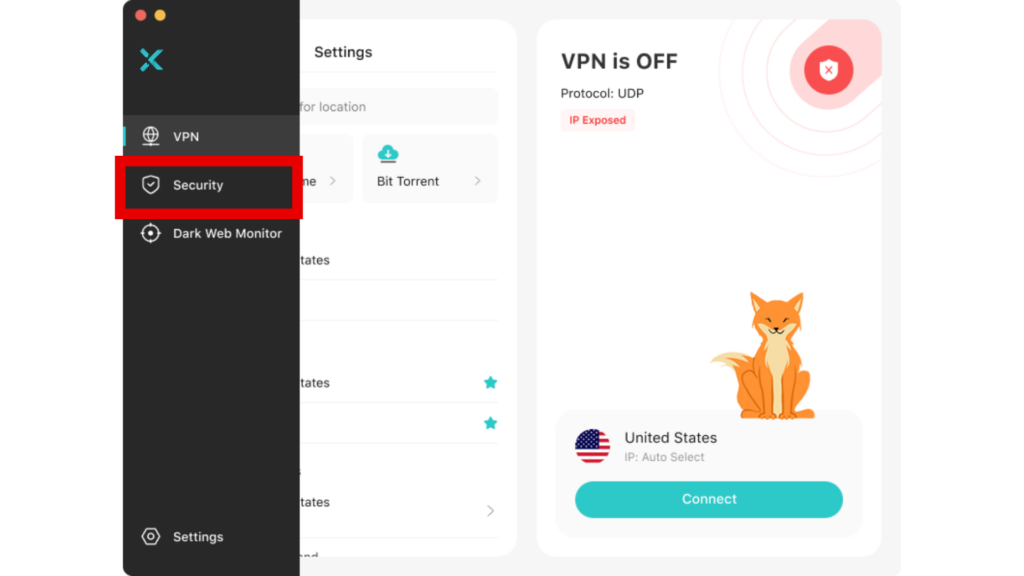
3. Toggle on “Browser Protection”> Click the “Settings” button.
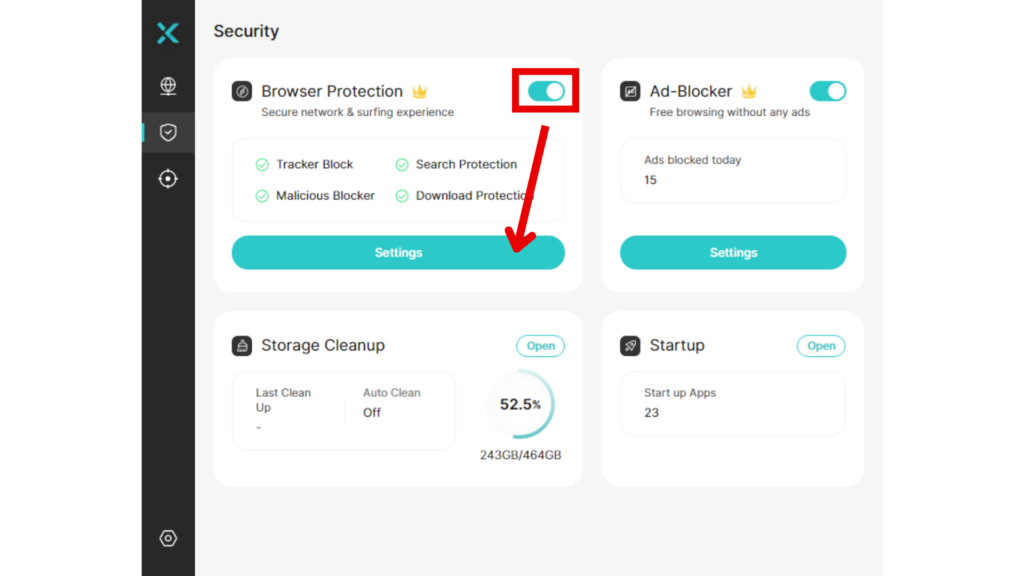
4. Enable “Search Engine Protection.” Now, X-VPN will secure your searches in real time.
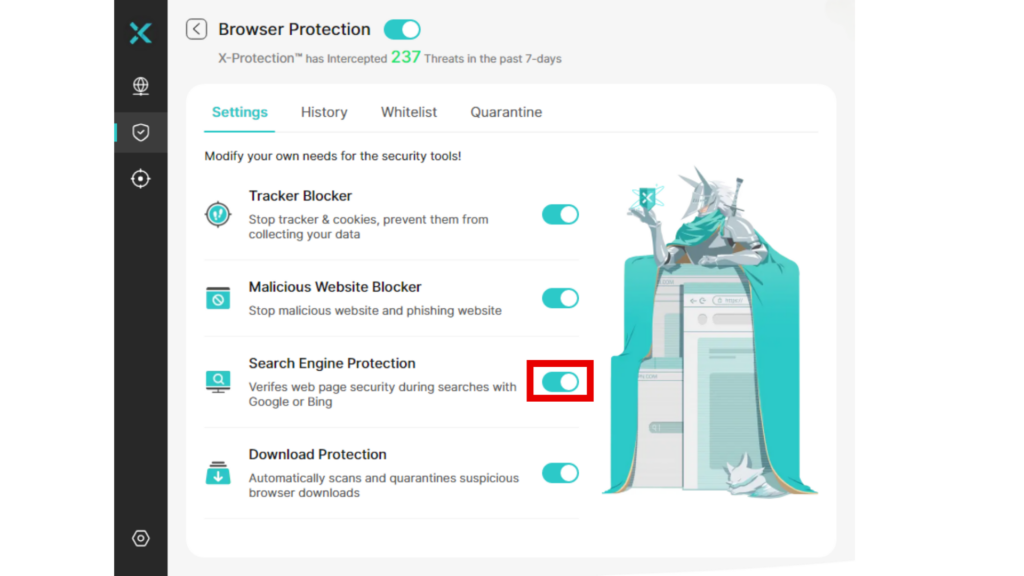
5. Then, just browse as usual! X-VPN evaluates every website in your search results on Google or Bing and automatically displays safety labels for the links.
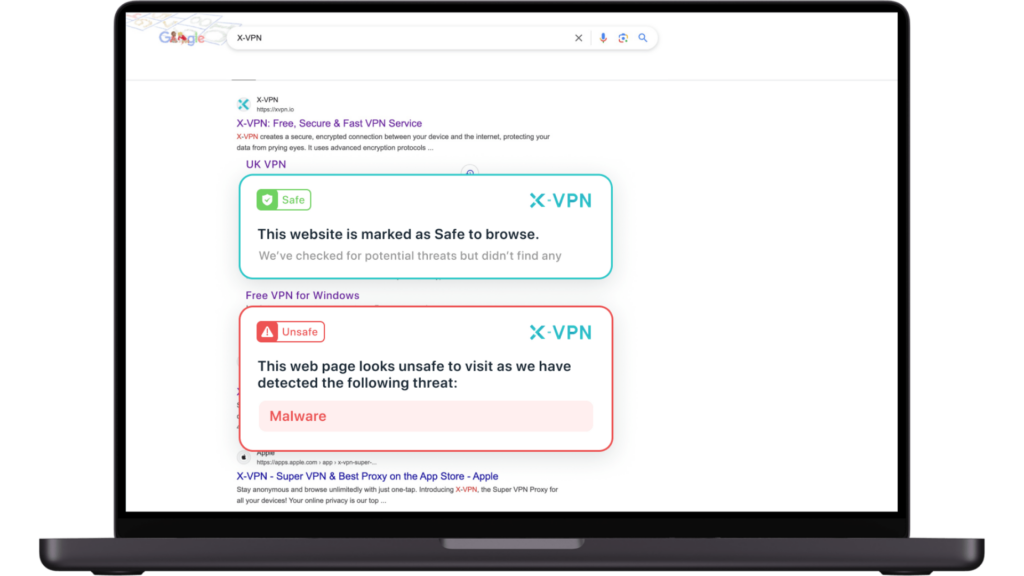
Currently, X-VPN’s Search Engine Link Checker is only available for Windows, but a macOS version is coming soon!
Way 2: Check the Website’s URL
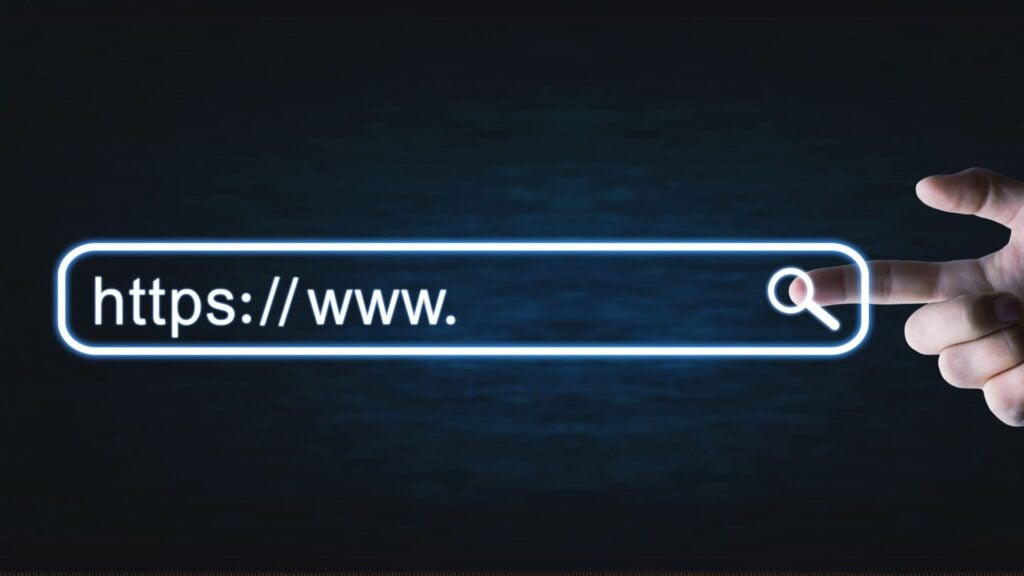
Is this site safe? Always look for websites that begin with https:// (not just http://). That extra “s” stands for “secure,” meaning the site uses an SSL certificate to encrypt your connection.
You can hover your mouse over the link above to view its URL in the bottom left corner of your browser. Alternatively, right-click the link, select “Copy Link Address,” and then paste it into a blank document to check it.
Additionally, be cautious of URLs that look suspicious. It’s best to avoid clicking on links with strange characters, spelling mistakes, or anything that appears unnatural. These are often signs of phishing websites.
Way 3: Use Google Transparency Report
Google’s crawlers scan billions of URLs daily to check site safety in real-time.
1. Go to the Google Transparency Report website.
2. Paste the URL you want to check into the “Check site status” box, then click the check icon.
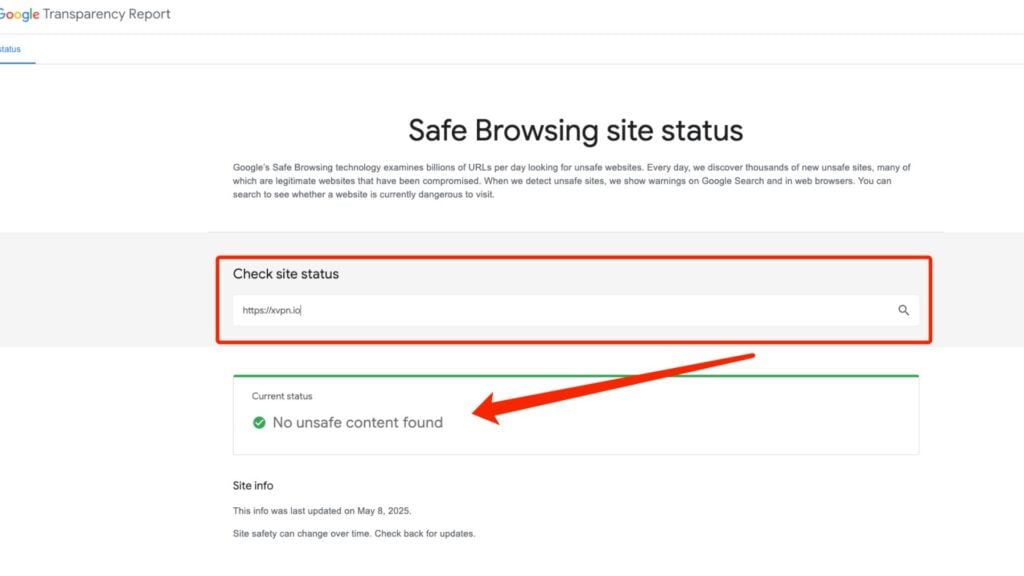
3. If the “Current status” shows “No unsafe content found,” it means the site has no known security issues.
Way 4: Check the Domain Age
Is this website legit? Newly registered domains are at higher risk. Use free lookup tools like Whois to check when a website’s domain was registered.
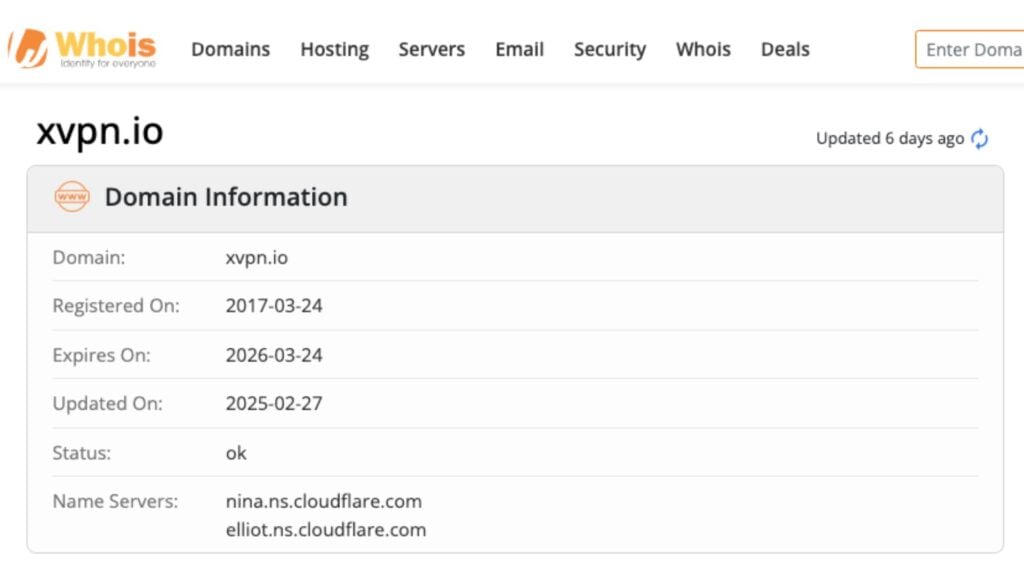
However, many legitimate websites may also be recently registered, so this is not an absolute indicator.
Way 5: Research the Company
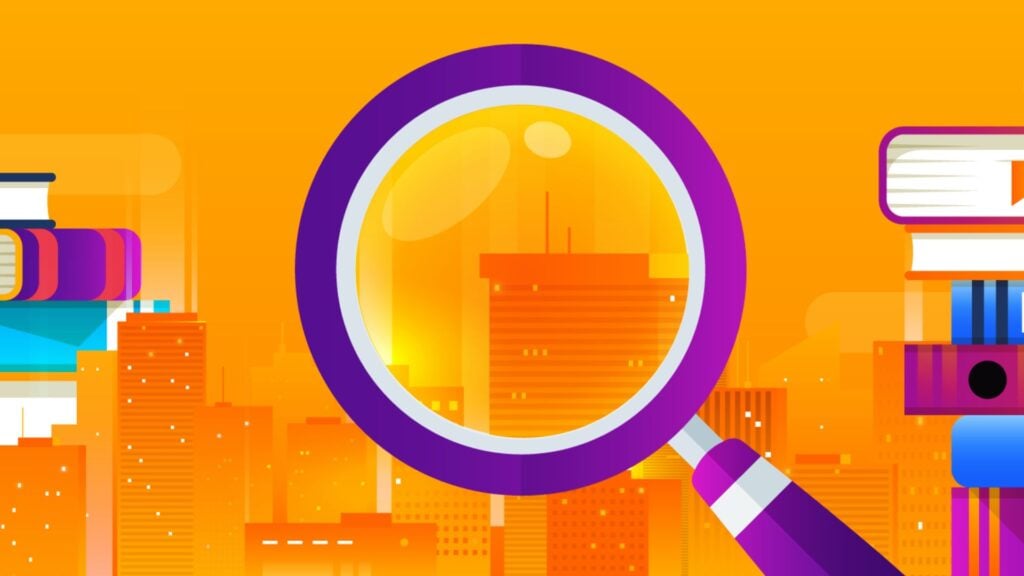
If it’s a business site, try to find more information about the company, including its physical address, contact details, and online reviews. Legitimate businesses usually provide this information.
Way 6: Use a Browser with Built-in Security Features
Browsers like Google Chrome and Firefox offer real-time protection with built-in security.
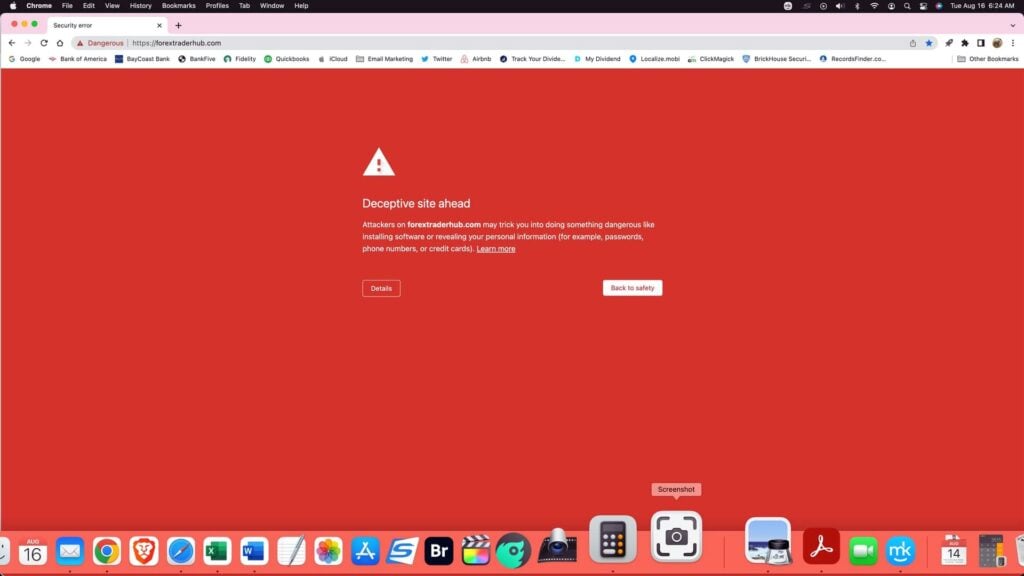
For example, if you try to visit a site flagged as unsafe, Chrome will display a warning page, alerting you to potential threats and suggesting you return to a safe page.
Way 7: Analyze the Website’s Reputation
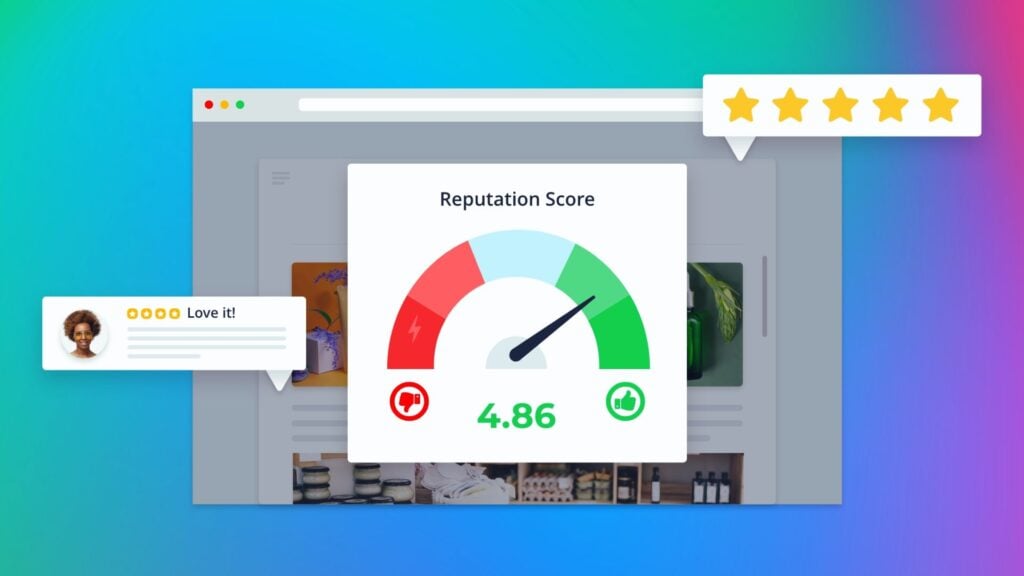
Check online reviews, ratings, and feedback from other users to get an idea of the site’s reputation. Sites with poor ratings or frequent complaints are likely to be unsafe.
By combining these methods, you can get a full picture of a website’s security and make an informed decision. But always remember – no website is 100% secure, so be careful when sharing sensitive information!
Stay Safe Online with X-VPN
In today’s day and age, there is no reason not to worry about online security. A complete security solution can protect your devices and data from threats.
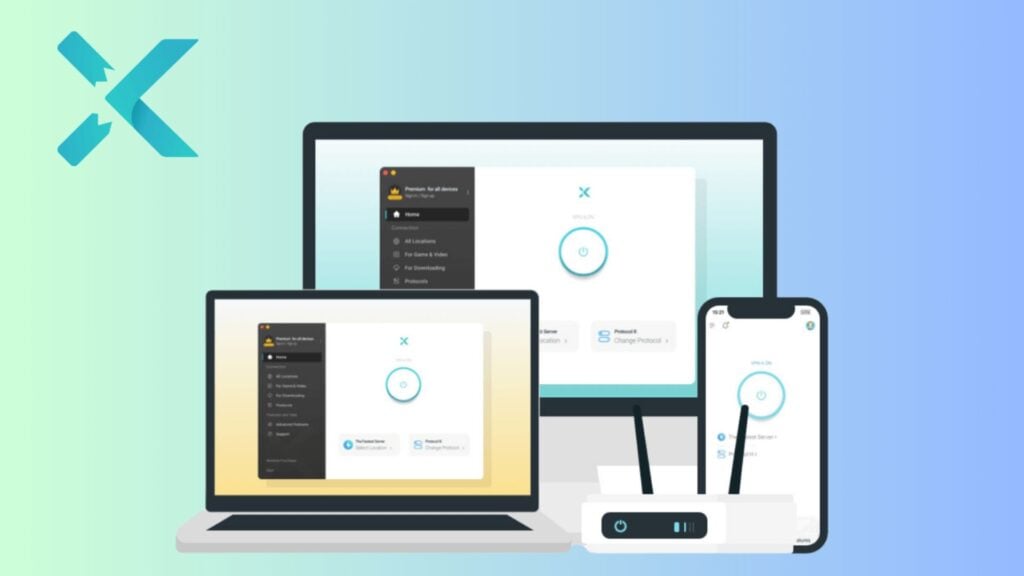
X-VPN offers more than just a Search Engine Link Checker. It provides robust VPN service and a full suite of computer security tools:
1. Fast & Secure VPN: With over 8,000 global servers, you can unblock geo-restricted services and content worldwide, such as Netflix, Hulu, and more. Your browsing history and IP address will be encrypted and hidden, leaving no digital footprint.
2. Comprehensive Web Protection:
- Ad Blocker: Eliminate pop-ups and video ads for clean browsing.
- Malicious Website Blocker: Compare global threat databases in real-time. Warns and blocks you from visiting known malicious websites and phishing pages.
- Tracker Blocker: This prevents websites and third parties from tracking your activity. Say goodbye to “targeted advertising”!
- Cookie Blocker: Manage and delete unnecessary cookies to protect your online privacy.
3. Real-Time Threat Protection: Alerts you about potentially unsafe websites and downloads, helping you avoid accidentally accessing malicious content or downloading harmful files.
4. Dark Web Monitor: Scans the dark web and notifies you if your personal info is found – helps prevent identity theft.
5. PC Cleaner & Startup Manager: Frees up disk space and optimizes startup programs, making your computer faster and more efficient.
Even better, all these tools come in one affordable plan – no extra fees. Click below now to try X-VPN all-in-one security suite risk-free for 30 days! Get complete protection and browse with peace of mind!
Conclusion
How to check if a website is safe? Combine the 7 ways we mentioned above and consider using a VPN like X-VPN that offers a full online protection suite! Most importantly, always stay alert. Awareness is your first line of defense against online threats!
FAQs
How can you tell if a website is secure?
You can determine a website’s safety by checking if the URL uses HTTPS, inspecting the site’s security certificate, and using other ways we’ve recommended.
What should I do if I’ve visited an unsafe website?
If you accidentally entered an unsafe site, immediately change any potentially compromised passwords and run an antivirus scan. Also, monitor your bank and credit card accounts for any unusual activity.
Are Google search results safe?
While Google does filter out dangerous sites, some may slip through. It’s wise to double-check URLs before clicking and be especially cautious with ad links.


